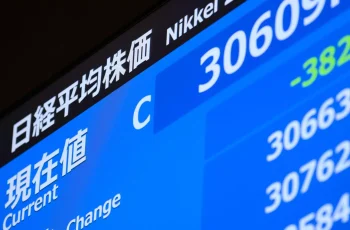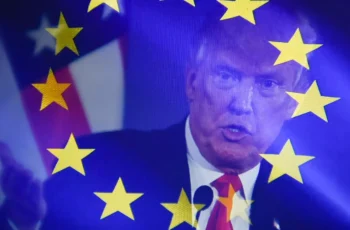The stock market has taken a sharp dive, rattled by President Trump’s latest tariff threats. On Thursday, the S&P 500 fell 1.5%, nearing correction territory, while the Dow plunged 562 points, dipping below 41,000 for the fourth straight day. The Nasdaq dropped 2.2% as tech giants like Tesla and Apple were hit hard. Investors are now confronting rising fears that economic stability is slipping away.

At the heart of this turmoil lies Trump’s proposal to slap a 200% tariff on all EU alcoholic goods—a retaliatory move against EU whiskey tariffs. While framed as support for U.S. producers, this escalation threatens global trade balance and consumer wallets. Companies facing higher import costs will likely pass them on, squeezing both corporate earnings and household spending.
Treasury Secretary Scott Bessent downplayed the volatility as “temporary,” a stance many see as detached from the mounting market chaos. Though inflation metrics like the flat producer price index offer brief relief, erratic trade policies overshadow such signals. Investor confidence, a fragile pillar of market stability, is crumbling under mixed economic messages and uncertainty over the Fed’s next move on interest rates.

Markets crave clarity—but instead face a toxic mix of aggressive political posturing and economic nationalism. Until there is a shift toward rational, coherent trade strategies, fears of a deeper downturn will persist. Without policy stability, investor anxiety will continue to rise, dragging the market further into instability.

